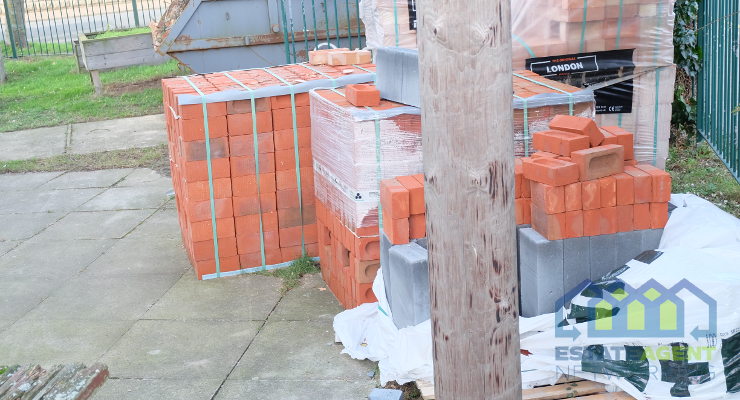Have you bought property in the last four years?
If you buy a residential property in England or Northern Ireland, you are subject to Stamp Duty Tax (SDLT) if the property you’re buying is over the current SDLT threshold of £125,000.
While it doesn’t come as a surprise to many homebuyers that they will have to pay SDLT, how to calculate an accurate figure often causes some confusion.
Using an up-to-date stamp duty calculator for UK house purchases or consulting with a solicitor or tax specialist is the best way to reliably get an accurate calculation.
Why do you have to pay stamp duty on property purchases?
Stamp duty is not a new tax. In fact, it was introduced back in 1694 to help raise funds for the war.
Of course, there has been a number of changes to how SDLT is calculated over the years.
The general consensus and this is backed up by the government, is that people are paying less stamp duty today than in recent years.
While that’s a positive, it doesn’t mean you will not be handed a large bill to pay when the purchase of your new home goes through.
How is stamp duty calculated?
The calculation for UK SDLT is simple on paper, but it’s still recommended you use a stamp duty calculator or consult with a tax advisor with experience calculating SDLT to ensure you’re getting an accurate figure.
There have even been incidents in the past where the government’s own online stamp duty calculator was giving out inaccurate information.
Some solicitors were relying on this tool to calculate their client’s SDLT. This obviously caused some costly errors, and the government has since issued a statement saying their calculator is to be used as a “mere guide” to safeguard future incidents.
If you want an idea of much SDLT you would have to pay on a property, at the time of publishing, the rates for stamp duty in 2020 are:
0% Up to £125,000
2% Over £125,000 to £250,000
5% Over £250,000 to £925,000
10% Over £925,000 to £1,500,000
12% Over £1,500,000
There are some stipulations that may apply to you based on your individual circumstances that will affect how much you pay, however.
For example, you may be eligible for relief if you’re a first-time buyer.
There is also a “consideration” value for the property you’re buying. This value can be affected by non-monetary payments, such as goods, release from debt, and some other factors.
There are higher rates for additional properties
You need to be aware that there is an additional 3% on top of your SDLT rate if you are buying additional properties and own more than one property at the same time.
This is an area that can also cause an error when calculating SDLT. If the sale of one property is delayed and you purchase a new property, you’ll be subject to paying the additional 3%.
You may be eligible for a refund if you go onto sell your other property within 36 months. There are also some special rules if you own property outside of England, Northern Ireland, and Wales. As well as if you own property with someone else.
Could I be owed some SDLT due to overpaying?
As you can tell from the above rules and rates – which are by no means an exhaustive list – there are many factors to take into account when calculating how much SDLT someone will pay on a property purchase.
This is why the amount of overpaid SDLT by UK residents is estimated to be more than £2 billion.
If you’re reading through this and bought property in the last four years, it’s worth having a tax advisor look into it for you using an accurate stamp duty calculator.









